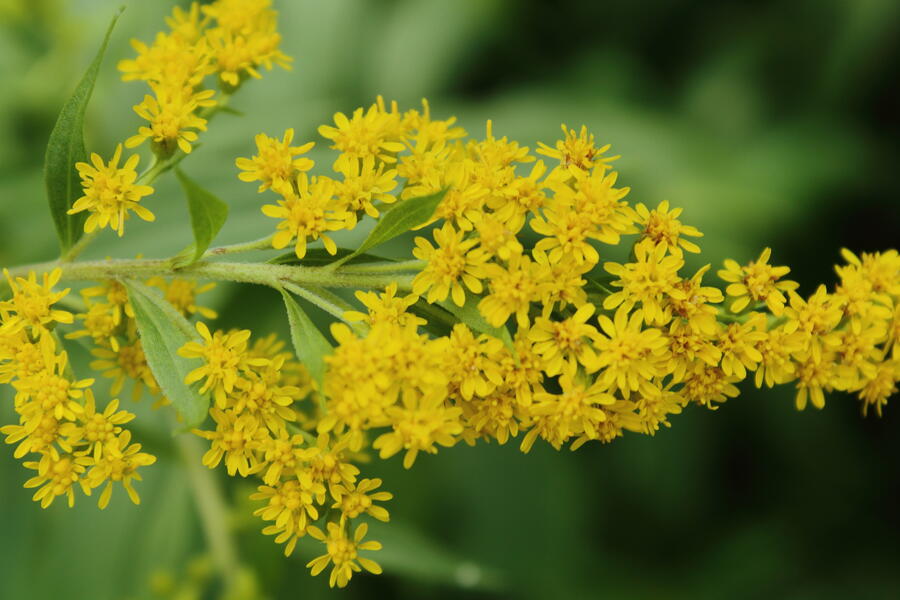Paper from Canadian / Giant Goldenrod
As partner in Applause project, the Pulp and Paper Institute (ICP) successfully produced 350 kg of paper from Canadian / Giant Goldenrod.
This paper, compared to paper from Japanese Knotweed, which was already successfully produced in 2016, is of brighter colour and with finer, smoother texture.
Paper making process from Canadian / Giant Goldenrod took place a little longer, as this invasive plant has tougher fibres compared to Japanese Knotweed. In order to obtain a suitable fibre length for paper production, the grinding process of fibres lasted longer. On the pilot paper machine, ICP can produce paper of basis weight from 50 to 300 g/m2 and width up to 62 cm.
Therefore, ICP successfully produced another type of paper from invasive alien plants on its pilot paper machine. This time a mixture of a Canadian / Giant Goldenrod was used, which proved to be a suitable plant for paper-making.
The whole paper-making process is divided into several steps:
- cooking of biomass at an increased temperature with addition of chemicals;
- mechanical defiberizing in Holland mill, where fibres are defiberized and shortened;
- grinding in a conical refiner, where fibres get desired length and structure;
- mixing of fibres and other additives (fillers, starch, sizing);
- paper forming;
- drying;
- calendering to obtain smoother and even surface winding the paper into larger rolls.

Producing the paper from Canadian/Giant Goldenrod. Photo: Tea Kapun

Paper from Japanese Knotweed and Canadian/Giant Goldenrod. Photo: Marija Skodler
Author of text: Tea Kapun, ICP


